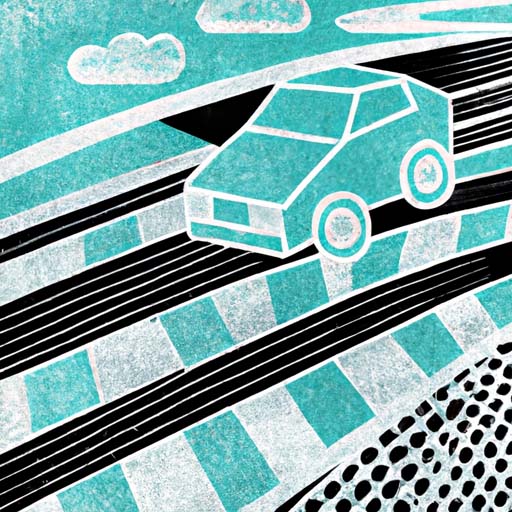Behind the Scenes – How Cars Get to Malls
Have you ever walked through a mall and been captivated by the sight of shiny, new cars on display? You may have wondered how those cars got there, or why car manufacturers choose to showcase their vehicles in shopping centers. In this article, we will delve into the logistics and strategy behind the process of displaying cars in malls, giving you a behind-the-scenes look at how this marketing tactic comes to life.
The allure of showcasing cars in malls
Car manufacturers and dealerships understand the power of putting their products in front of a large and diverse audience. Shopping malls provide a unique opportunity for them to reach potential customers who may not have visited a dealership otherwise. By positioning cars in popular retail environments, car manufacturers are able to capture the attention of a wide range of individuals, from car enthusiasts to families simply out for a day of shopping.
The logistics of transporting cars
Getting cars from dealerships or warehouses to malls involves a meticulous logistics process. Car manufacturers work closely with specialized transportation companies that have the expertise and equipment required to move vehicles safely and efficiently. Whether the distance is short or long, careful planning goes into arranging the routes, loading and unloading, and ensuring the cars remain in pristine condition during transit.
One of the key methods used for transportation is car carrier trailers, which can transport multiple vehicles at once. These trailers are designed with safety and security features, such as secure tie-downs and enclosed structures to protect the cars from external elements. Additionally, drivers undergo specific training to handle the loading and unloading process with precision and care.
Once the vehicles arrive at the mall, another challenge arises – finding the right location within the shopping center to display the cars. This requires coordination between the mall management, car manufacturers, and the transportation company. Factors such as foot traffic, visibility, and available space are carefully considered to ensure optimal exposure for the showcased cars.
The strategic placement of cars
Car manufacturers put a considerable amount of thought into the strategic placement of their cars within the mall. They aim to create an immersive and captivating experience for potential customers. Cars may be strategically positioned near high-traffic areas, such as the main entrance or popular stores, to maximize visibility and attract attention.
Furthermore, car manufacturers often invest in creating attractive displays and interactive setups around the showcased vehicles. These displays can include interactive touchscreen kiosks, virtual reality experiences, or even dedicated brand ambassadors who can provide information and engage with mall visitors. The goal is to create a memorable and engaging experience that leaves a lasting impression on potential customers.
The benefits for both car manufacturers and malls
The strategy of showcasing cars in malls is mutually beneficial for both car manufacturers and the shopping centers themselves. For car manufacturers, it provides an opportunity to reach a diverse audience and generate brand awareness. It allows them to showcase their latest models, highlight special features, and potentially attract new customers who may not have considered their brand before.
On the other hand, malls benefit from having cars on display as well. It adds an element of novelty and excitement to the shopping experience, attracting more visitors and potentially increasing sales for neighboring stores. Additionally, car displays can be a source of revenue for malls, as car manufacturers often pay for the space they occupy.
In conclusion, the logistics and strategy behind showcasing cars in malls involves careful planning, transportation coordination, and strategic placement. It is an effective marketing tactic that allows car manufacturers to reach a large and diverse audience while creating an immersive experience for potential customers. So, the next time you admire the lineup of cars gleaming in a mall, you’ll have a deeper understanding of how they got there.
